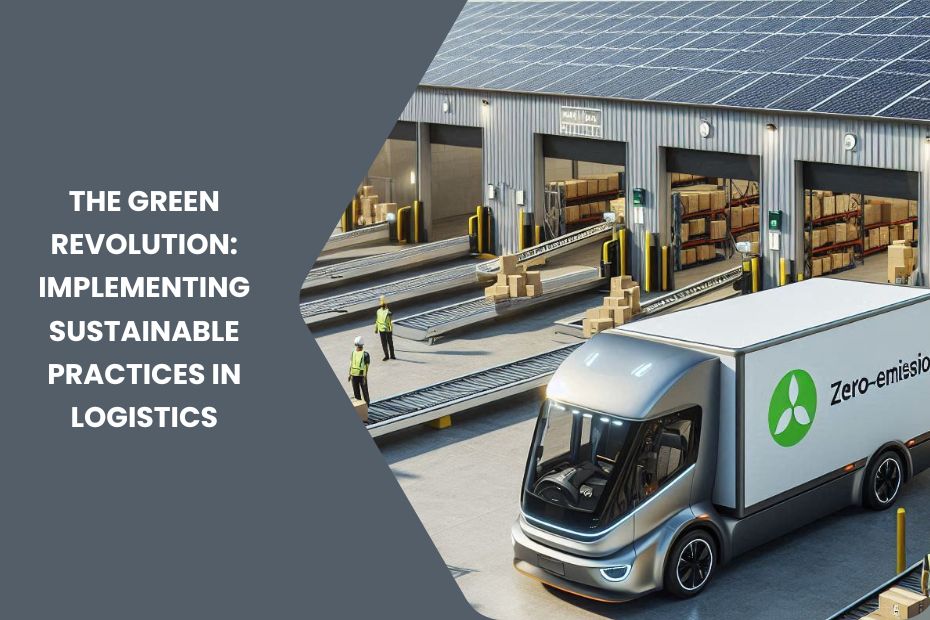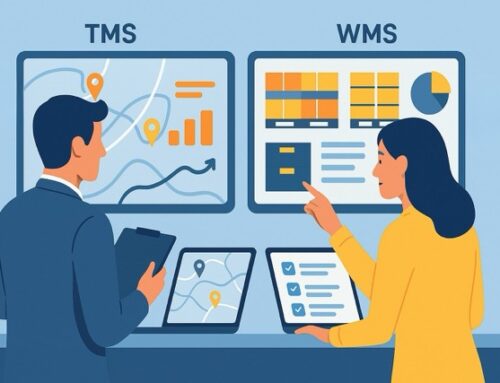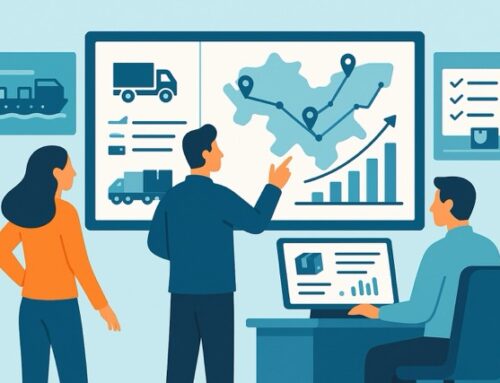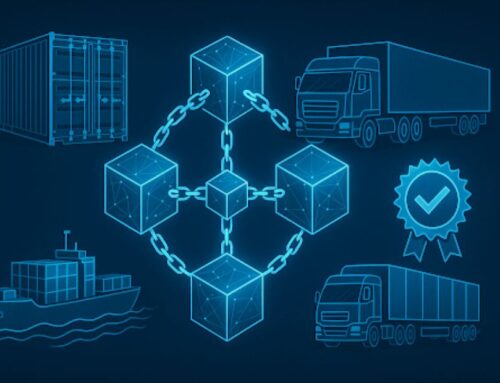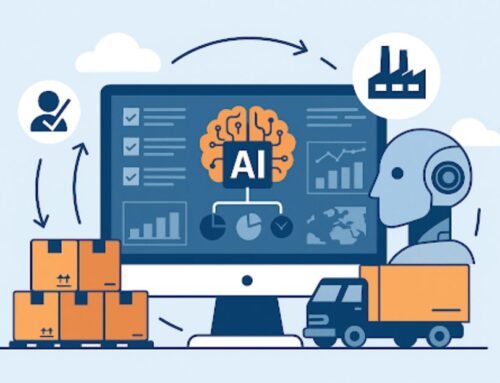Sustainability has become a core priority in logistics—not because it’s fashionable, but because it’s necessary. Emissions, waste, and energy usage across the supply chain are under growing scrutiny from regulators, customers, and stakeholders. For logistics leaders, that means environmental responsibility is now an operational strategy. This article lays out the practices I’ve implemented—or seen adopted successfully—to reduce environmental impact without compromising efficiency or cost control. From transportation upgrades to warehouse redesigns, these tactics are helping companies reduce their footprint, save money, and stay ahead of incoming regulations and customer expectations.
Smarter Routes, Fewer Emissions
Route planning may seem like a basic operational task, but it has an outsized impact on sustainability. I’ve worked with routing software that cuts miles from trips and slashes idle time using real-time traffic data, predictive weather inputs, and fleet behavior patterns. Fewer miles mean lower emissions. Less time in traffic means fewer delivery delays and happier drivers.
It’s not just long-haul routes that matter. Urban last-mile deliveries are the most fuel-inefficient segment of logistics. We’ve integrated dynamic routing in our last-mile network to reduce failed delivery attempts and eliminate redundant trips. This has cut fuel costs by up to 15% in high-density regions. That kind of impact is why optimizing routing is always one of the first actions I recommend when making a supply chain greener.
Fuel Alternatives That Actually Work
When I started evaluating low-emission vehicles, I expected to see performance tradeoffs. That hasn’t been the case with today’s electric and hybrid delivery fleets. Electric trucks now offer decent range for regional deliveries, and they’re ideal for consistent urban routes where overnight charging is possible. Biodiesel and renewable diesel are also viable for heavier or long-haul trucks where EVs still face range limitations.
One of the shifts that made this easier was working with OEMs to test small batches of alternative fuel vehicles before scaling. It gave us real operational data and confidence to expand the program. Charging infrastructure has become more accessible too. More distribution centers now include EV charging stations built into their lot design. In terms of emissions reduction per dollar spent, transitioning the fleet has been one of the most impactful changes.
Warehousing with Lower Energy Demand
Warehouses are often ignored in logistics sustainability plans, but they’re major energy consumers. Lighting, HVAC, and equipment usage can add up fast—especially in 24/7 facilities. We started by replacing high-intensity discharge lighting with LEDs. That alone cut lighting energy consumption by 60%. From there, we layered in daylight harvesting systems that automatically adjust indoor lighting based on the amount of natural light coming through skylights or windows.
Solar panels were another smart addition. Several of our larger facilities now run a portion of their operations directly on solar energy. With energy costs rising and utilities offering credits for renewables, the ROI is getting shorter. Add in temperature controls optimized by AI, and you’re looking at a warehouse that runs leaner, cheaper, and cleaner. These upgrades don’t just look good—they reduce operating costs while checking the sustainability box.
Cutting Packaging Waste Where It Hurts
Packaging is one of the biggest sources of visible waste in logistics. That’s why I always push to rethink packaging at the product level, not just at the shipping stage. Working with product teams early in the design cycle helps reduce void space and minimize the need for excess filler. We’ve also shifted from virgin plastic to recycled content and biodegradable options wherever possible.
But material changes are only part of the solution. Right-sizing technology—automated systems that measure product dimensions and build custom boxes on-demand—has saved us significant money in DIM weight charges and reduced material use by over 30%. It’s not just a win for sustainability; it’s a logistics efficiency gain. Carriers love it too, since they get better cube utilization in their trailers. Less packaging means fewer trucks on the road. That’s a sustainability benefit most people overlook.
Using Tech to Track and Improve Sustainability
Sustainability isn’t just about making changes—it’s about tracking their impact. I rely heavily on software that connects logistics operations with environmental KPIs. Our systems now monitor fuel usage, idle time, packaging waste, and even facility power consumption. That data gets rolled into dashboards that we use to track carbon intensity per shipment.
AI tools also help by predicting overstock scenarios before they happen, cutting down on dead inventory that wastes space and eventually ends up as write-offs. We’ve also piloted IoT-based temperature monitors for cold chain products that help reduce spoilage and energy waste. These technologies don’t just support sustainability—they improve operational discipline. Once you start measuring environmental impact the same way you track delivery KPIs, sustainability becomes part of daily decision-making.
Greener Supply Chains Start with Greener Partners
No logistics operation runs in isolation. That’s why we’ve built sustainability scoring into our supplier and carrier evaluations. We prioritize working with vendors who track emissions, maintain energy-efficient facilities, and use low-emission fleets. That doesn’t mean cutting off partners who aren’t there yet—it means offering them a path to grow with us.
We also collaborate through industry groups and government programs that promote sustainable transport, like EPA’s SmartWay. These programs offer benchmarking tools, share best practices, and give us targets to hit. It makes our supply chain more transparent and helps us push improvements all the way upstream. The goal isn’t perfection—it’s alignment. Everyone moving in the same direction makes progress faster.
People Make Sustainability Stick
Sustainability isn’t something a software platform or policy can deliver on its own. People drive it. I’ve had success building training programs that teach drivers how to reduce fuel use through better acceleration habits and idle time control. Warehouse teams now sort and recycle packaging waste, run machines only when needed, and monitor energy use on site dashboards.
The biggest shift comes when sustainability becomes part of company culture. We run internal campaigns that share monthly emissions data and recognize teams who hit energy savings or packaging reduction targets. That visibility turns sustainability from a top-down initiative into a shared goal. When teams see how their actions tie directly to environmental performance—and even cost savings—they take ownership. That’s what creates lasting change.
Top Sustainable Logistics Practices
- Optimize transportation routes to reduce fuel use
- Transition to electric and alternative-fuel fleets
- Use solar, LEDs, and automation in warehouses
- Switch to recyclable, right-sized packaging
- Track emissions and resource use with smart tech
- Partner with environmentally conscious suppliers
- Train employees on sustainability best practices
In Conclusion
Sustainability in logistics isn’t just about compliance or optics—it’s about building smarter, more efficient operations. Each strategy I’ve used—route optimization, green warehousing, low-emission vehicles, smarter packaging, tech integration, vendor alignment, and employee engagement—delivers clear environmental benefits and measurable performance gains. Green logistics isn’t a side project anymore. It’s become part of how modern supply chains compete, adapt, and improve. And the results speak for themselves: cleaner operations, lower costs, and teams that are proud to be part of something that actually makes a difference.
Learn more about sustainable logistics from Linkedin, where operational strategy meets environmental impact.





